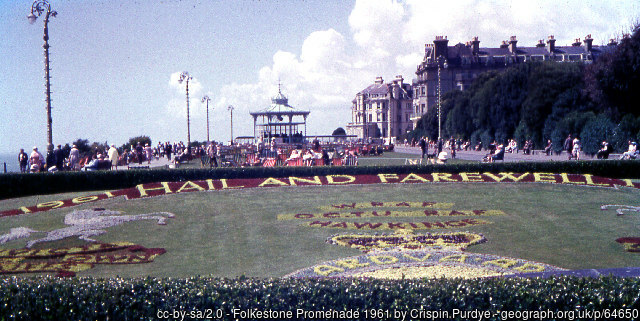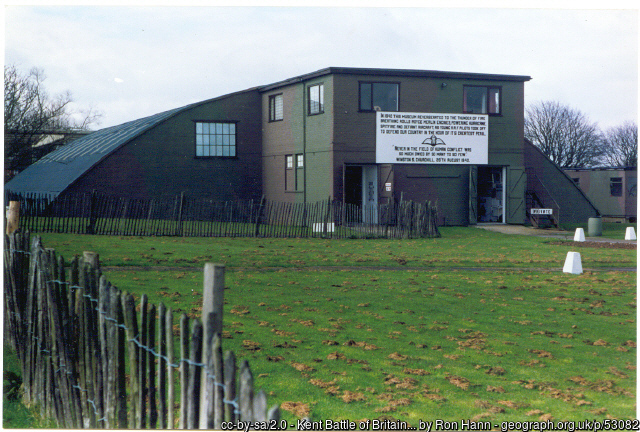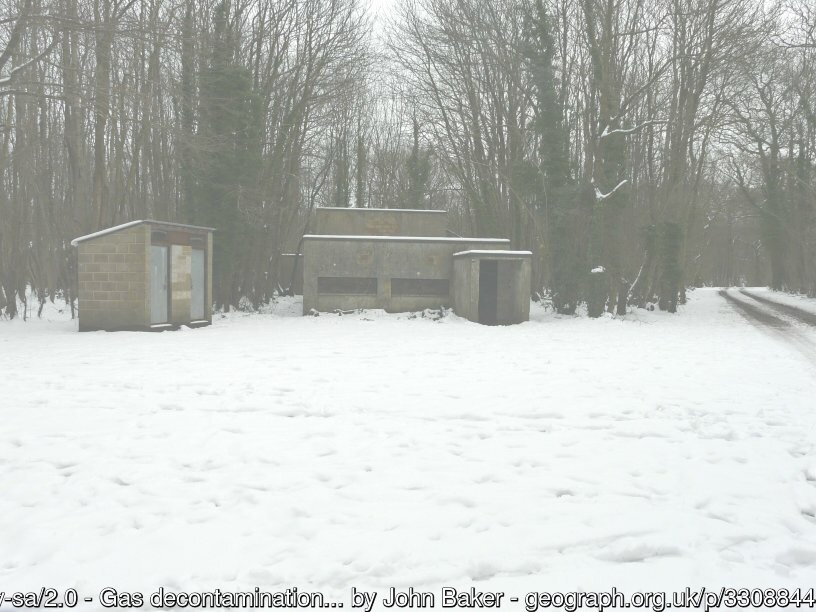Hawkinge (Folkestone)
Did you know?
"Hawkinge was used as one of the locations for the 1969 film, Battle of Britain. Replica hangars and other buildings were built during 1968 and it was the site of one of the largest groups of Spitfires gathered since the retirement of the aircraft.
"| Also known as: | Hawkinge Aerodrome / RAF Hawkinge / RAF Station, Hawkinge / RFC Folkestone / RFC Hawkinge |
| County: | Kent |
| Current Status: | Housing / Museum |
| Date: | February 1915 - 8 December 1961; limited flying 1968 |
| Current Use: | Disused |
| Used By: | RAF (main user) / RAF (Belgian) / RAF (Czech) / RAF (Dutch) / RFC (main user) / FAA / Civil / RAAF / RCAF |
| Landing Surface Types: | Unpaved |
| Prominent People: | Michael Bentine |
| Aircraft Roles: | Air observation post / Aircraft preparation/storage / Airliner / Air-sea rescue / Anti-aircraft co-operation / Army aviation (main role) / Fighter (main role) / Fighter-reconnaissance / General aviation / Naval aviation / Reconnaissance / Trainer / Transport |
Hawkinge is famous for its contribution during the Battle of Britain but began life in February 1915 as RFC Folkestone. From 29 December 1916 being referred to by its far better known name. Little else than three Bessonneau hangars initially existed at the First World War airfield but towards the end of the conflict there emerged nine Belfast Truss hangars and a variety of other facilities. What soon became titled as No 12 Aircraft Acceptance Park was established at the airfield in the summer of 1917 to further co-ordinate the despatch of many aircraft to the Western Front and remained at Hawkinge until May 1919.
Fortunate to survive the First World War, through a mixture of its extensive facilities and geographical position, the interwar years primarily saw a number of fighter squadrons operate from Hawkinge. This included the reformed No 25 Squadron as the RAF's only home-based fighter unit from April 1920. This unit flew a large number of biplane fighter types here for many subsequent years including Sopwith Snipes, Gloster Grebes, Hawker Furies and Gloster Gladiators until eventually progressing to Bristol Blenheim monoplanes as 1938 ended. Aircraft storage, army co-operation and summer camps held for briefly visiting squadrons also took place during this period.
No 25 Squadron left for Northolt in August 1939. Hawkinge's location as the closest major fighter base to occupied Europe ensured that the airfield played a key role in the Second World War. During the Dunkirk evacuation in May/June 1940 aircraft from Hawkinge provided essential air cover for the Allied forces. Hawker Hector army co-operation biplanes of No 613 Squadron mounted a few operations against German positions and performed remarkably well given general circumstances.
While the airfield’s location was strategically very useful, it also meant that Hawkinge remained vulnerable to attack. German commanders planning Operation Sealion, the invasion of the UK, saw seizing Hawkinge as a priority in order to establish a Luftwaffe controlled airfield in Britain. On 19 July 1940 Messerschmitt Bf 109s shot down at least six Boulton Paul Defiants of No 141 Squadron in what became known as the ‘Slaughter of the Innocents’. A direct result of this and other similar encounters was the conversion of Defiants to night fighters.
Following the evacuation from Dunkirk, the first of several major Luftwaffe raids occurred on 12 August 1940 and caused a large amount of damage to airfield buildings and the grass landing area, as well as five fatalities. Among later attacks in fairly quick succession one on 7 September directly hit the base headquarters as well as killing six people in the nearby village.
However, this did not deter the use of the airfield and aircraft from Hawkinge continued to make significant contributions to the war. No 421 Flight had arisen late on in 1940 to spot incoming Luftwaffe bomber fleets, and proved successful enough to become known as No 91 Squadron in January 1941, mainly staying until the summer of 1943. Further fighter squadrons provided aerial support in the run up to the D-Day landings in June 1944 and afterwards. The main runway was also extended so that Hawkinge could act as an emergency landing ground for returning damaged RAF and USAAF bombers. Another prominent wartime duty was air-sea rescue with various types such as Westland Lysanders, Supermarine Walruses and Sea Otters of No 277 Squadron using the airfield for a considerable period.
Hawkinge fell to Care and Maintenance status in November 1945 but returned to alternative forms of major use later on in the 1940s. Flying training was performed during the next decade through the Home Command Gliding Centre, though it primarily served as an instructional centre for what became the Women’s Royal Air Force, before finally closing in December 1961. The airfield is now home to the Kent Battle of Britain Museum, founded in 1971 and reopened at Hawkinge in 1982. The museum was founded by the late Mike Llewellyn and contains many fascinating exhibits. Building work since the early 1990s has seen many houses now cover the majority of the rest of the site, despite mass protests by around 90,000 people. Hawkinge retains its status as one of Britain’s greatest airfields.
The following organisations are either based at, use and/or have at least potentially significant connections with the airfield (as at 01/07/2013):
- Cat & Custard Pot
- Hawkinge Parish Council
- Kent Battle of Britain Museum
Main unit(s) present:
-
No 1 Aircraft Delivery Flight
- No 1 Coast Artillery Co-operation Flight
-
No 1 Gliding Centre
-
No 1 Home Command Gliding Centre
-
No 1 Sqn
-
No 2 Sqn
- No 3 Armament Practice Station
-
No 3 Sqn
- No 3 Recruit Training Pool
-
No 4 Sqn
-
No 6 Fighter Command Servicing Unit
- No 11 Servicing Flight
- No 11 Servicing Section
- No 12 AAP
- No 12 Servicing Section
-
No 16 Sqn
-
No 17 Sqn
-
No 25 Sqn
-
No 26 Sqn
-
No 38 Sqn
-
No 41 Sqn
-
No 56 Sqn
-
No 65 Sqn
-
No 66 Sqn
-
No 79 Sqn
-
No 83 Sqn
-
No 91 Sqn
-
No 120 Sqn
- No 122 Sqn
-
No 124 Sqn
-
No 132 Sqn
-
No 157 (General Reconnaissance) Wing
-
No 166 EGS / SE166 EGS
-
No 166 GS
-
No 234 Sqn
-
No 245 Sqn
-
No 277 Sqn
-
No 278 Sqn
-
No 313 Sqn
-
No 322 Sqn
-
No 350 Sqn
-
No 402 Sqn
- No 416 (Army Co-operation) Flight
-
No 416 Sqn
-
No 421 (Reconnaissance) Flight
-
No 441 Sqn
-
No 451 Sqn
-
No 453 Sqn
-
No 501 Sqn
-
No 504 Sqn
-
No 567 Sqn
-
No 605 Sqn
-
No 611 Sqn
-
No 613 Sqn
-
No 616 Sqn
-
No 658 Sqn
- No 805 Defence Sqn
-
No 854 Sqn
-
No 855 Sqn
- No 1009 Servicing Wing
- No 1018 Servicing Wing
- No 1026 Servicing Wing
- No 1334 Wing RAF Regiment
- No 2707 Sqn RAF Regiment
- No 2709 Sqn RAF Regiment
- No 2733 Sqn RAF Regiment
- No 2767 Sqn RAF Regiment
- No 2768 Sqn RAF Regiment
- No 2799 Sqn RAF Regiment
- No 2813 Sqn RAF Regiment
- No 2826 Sqn RAF Regiment
- No 2828 Sqn RAF Regiment
- No 2847 Sqn RAF Regiment
- No 2872 Sqn RAF Regiment
- No 2886 Sqn RAF Regiment
- No 2955 Sqn RAF Regiment
- No 3201 Servicing Commando
- No 3203 Servicing Commando
- No 3210 Servicing Commando
-
Aircraft Transport & Travel
-
ASR Flight
-
'D' (Army Co-operation) Flight
-
Home Command Gliding Centre
-
Pilotless Aircraft Section
- Station Flight, Hawkinge
-
WRAF Depot
-
WRAF Officer Cadet Training Unit
Photographs and video from the unveiling of the ABCT memorial marker on 11 July 2015:
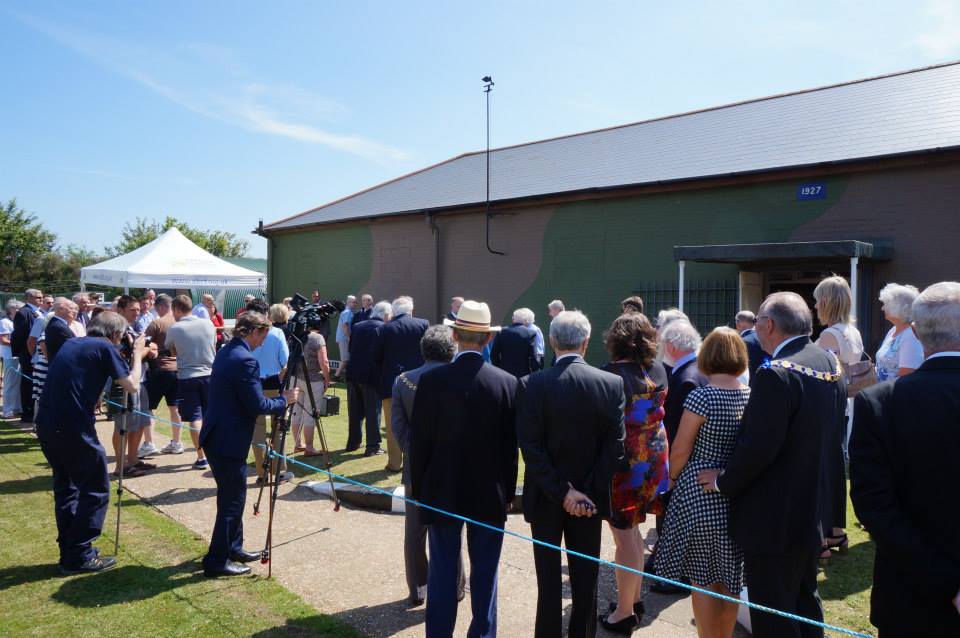

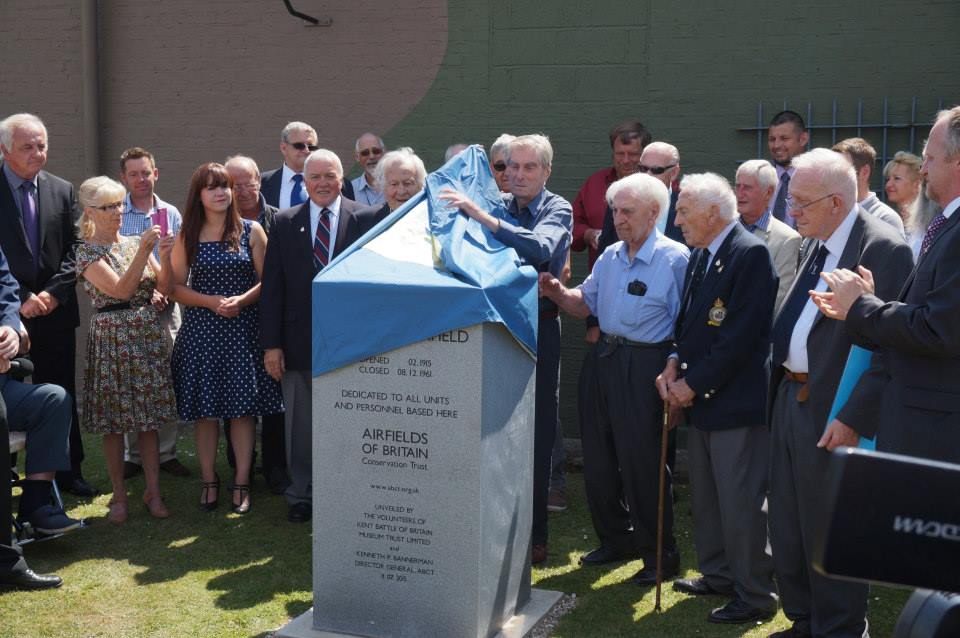
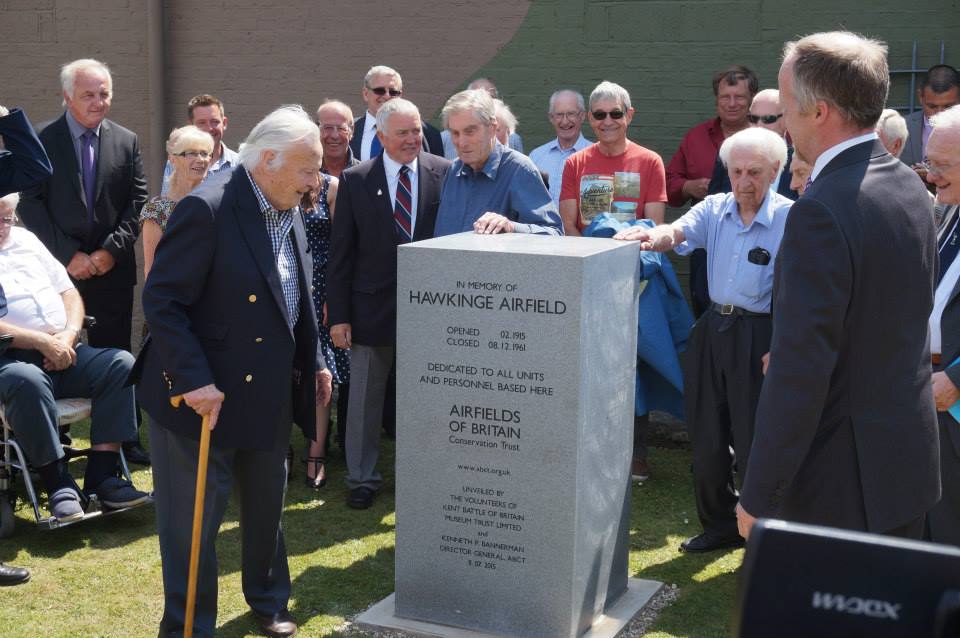
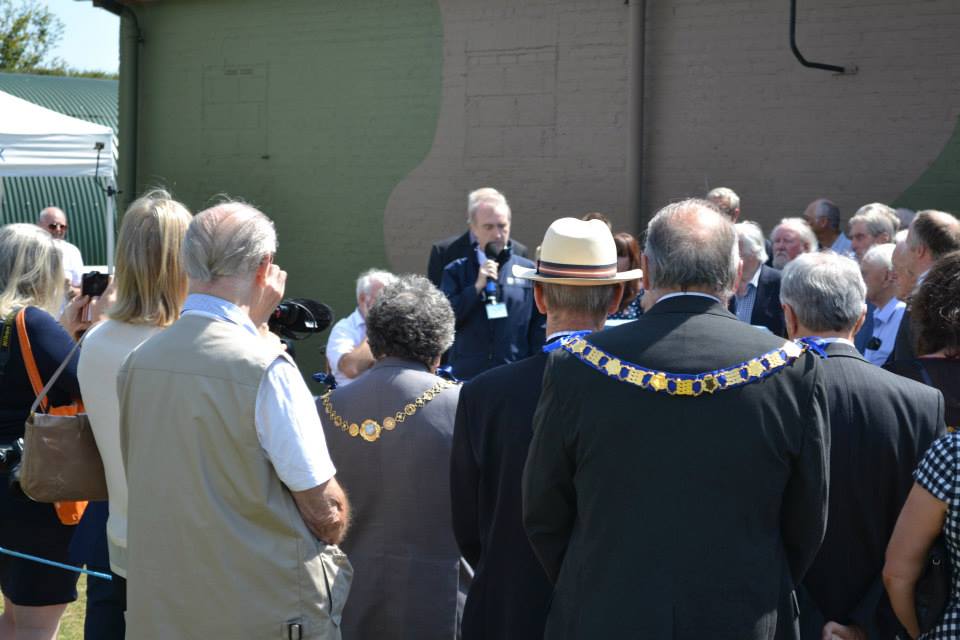

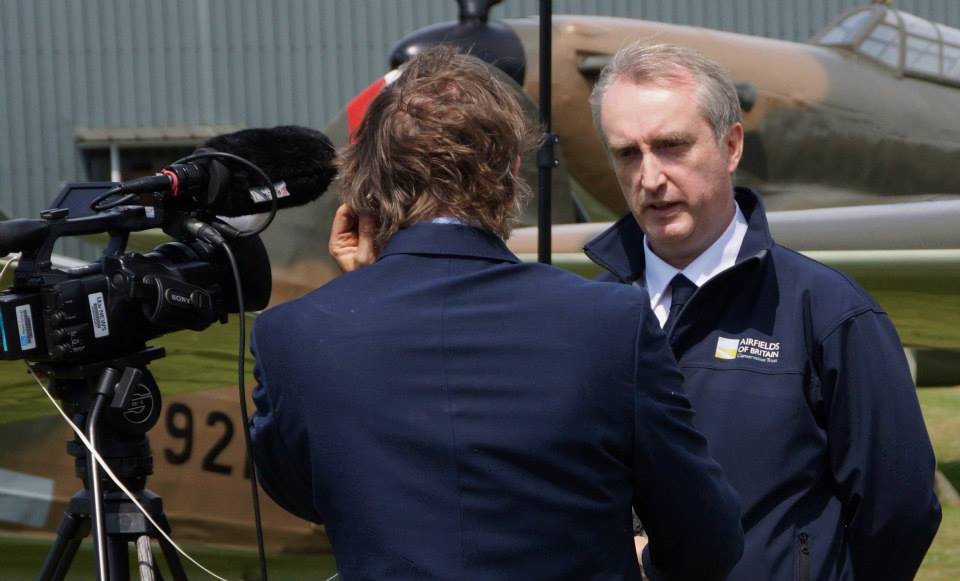

Hawker Hurricane of No 32 Squadron, taxying at Hawkinge, 29 July 1940. © IWM (HU 54417)
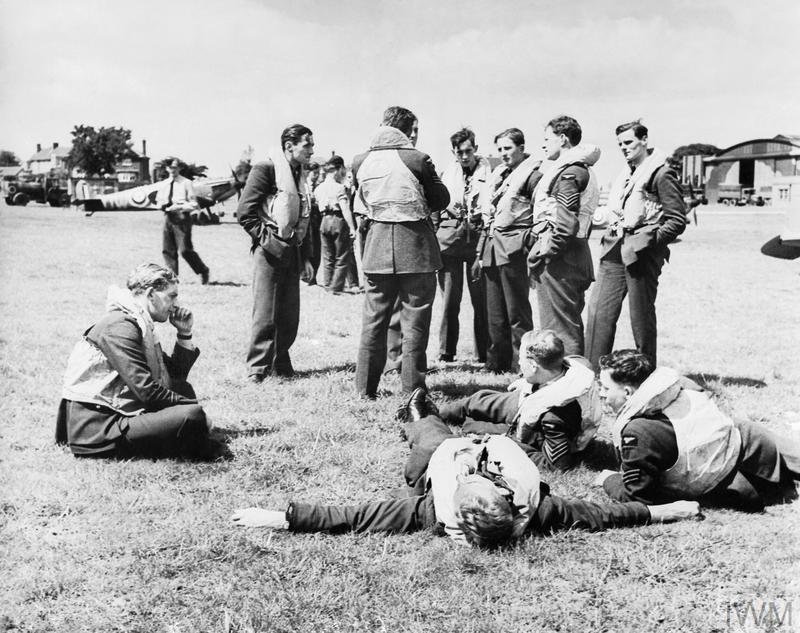
Supermarine Spitfire pilots of No 610 Squadron relaxing between sorties at 'A' Flight dispersal at Hawkinge, 29 July 1940. © IWM (HU 1062)

Three Hawker Hurricanes of No 32 Squadron taxying for take-off at Hawkinge, 29 July 1940. © IWM (HU 69116)

Hawker Hurricanes of No 32 Squadron at Hawkinge, 29 July 1940. © IWM (HU 104481)

No 91 Squadron Supermarine Spitfire pilots at Hawkinge, 23 July 1941. © IWM (CH 3319)

Spitfire Mk Vs of No 91 Squadron lined up at Hawkinge, May 1942. © IWM (CH 5429)

Ground crew service a Supermarine Spitfire of No 322 (Dutch) Squadron RAF at Hawkinge, 1 February 1944. © IWM (CH 12171)

A Westland Lysander of No 277 Squadron at Hawkinge during the Second World War. © IWM (CH 7571)
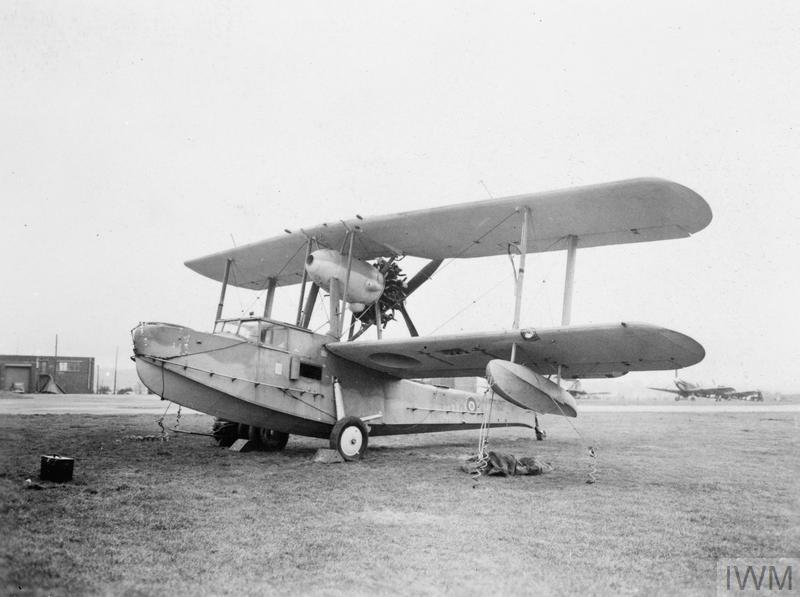
A Supermarine Walrus Mark of No 277 Squadron RAF based at Hawkinge during the Second World War. © IWM (MH 6866)

Pilots of 'B' Flight, No 32 Squadron in front of Hawker Hurricanes at Hawkinge during the Second World War. © IWM (HU 54418)
Footage from Hawkinge, 1919. Courtesy of British Pathé
Aerobatics at Hawkinge, 1933. Courtesy of British Pathé
Air Training Corps Gliding at Hawkinge, 1956. Courtesy of British Pathé
Footage taken during the filming of the Battle of Britain film at Hawkinge. Courtesy of Elvisdukebox
Behind the scenes footage of the filming of "The Battle of Britain" film. Including footage of Duxford, North Weald and Hawkinge, 1968. Courtesy of CVU500
Footage of Hawkinge on 8 June 2008. Courtesy of John Vaughan
The Officer's Mess at Hawkinge. Courtesy of IKS Exploration
A bunker at Hawkinge, 2010. Courtesy of IKS Exploration
| Decoy Airfield(s): | |
| Associated Airfield(s): |
